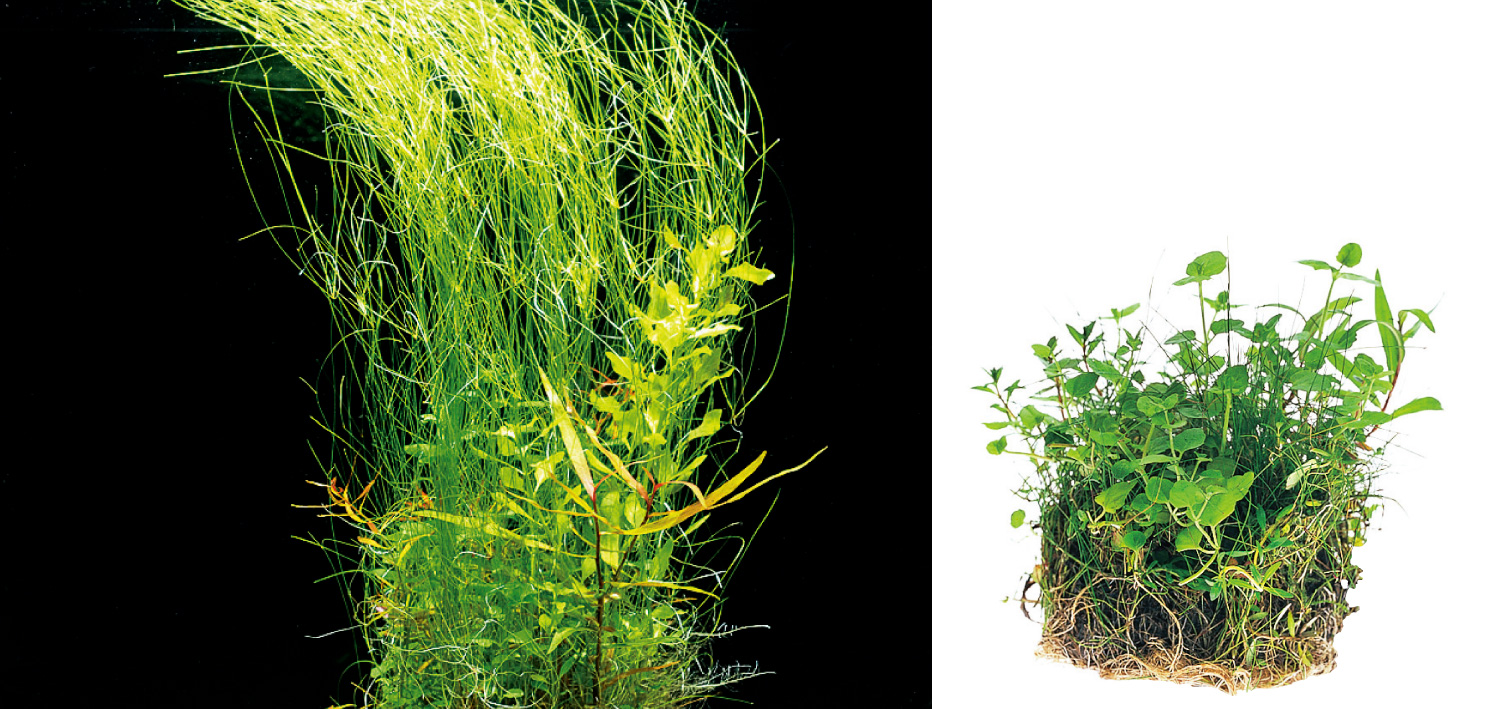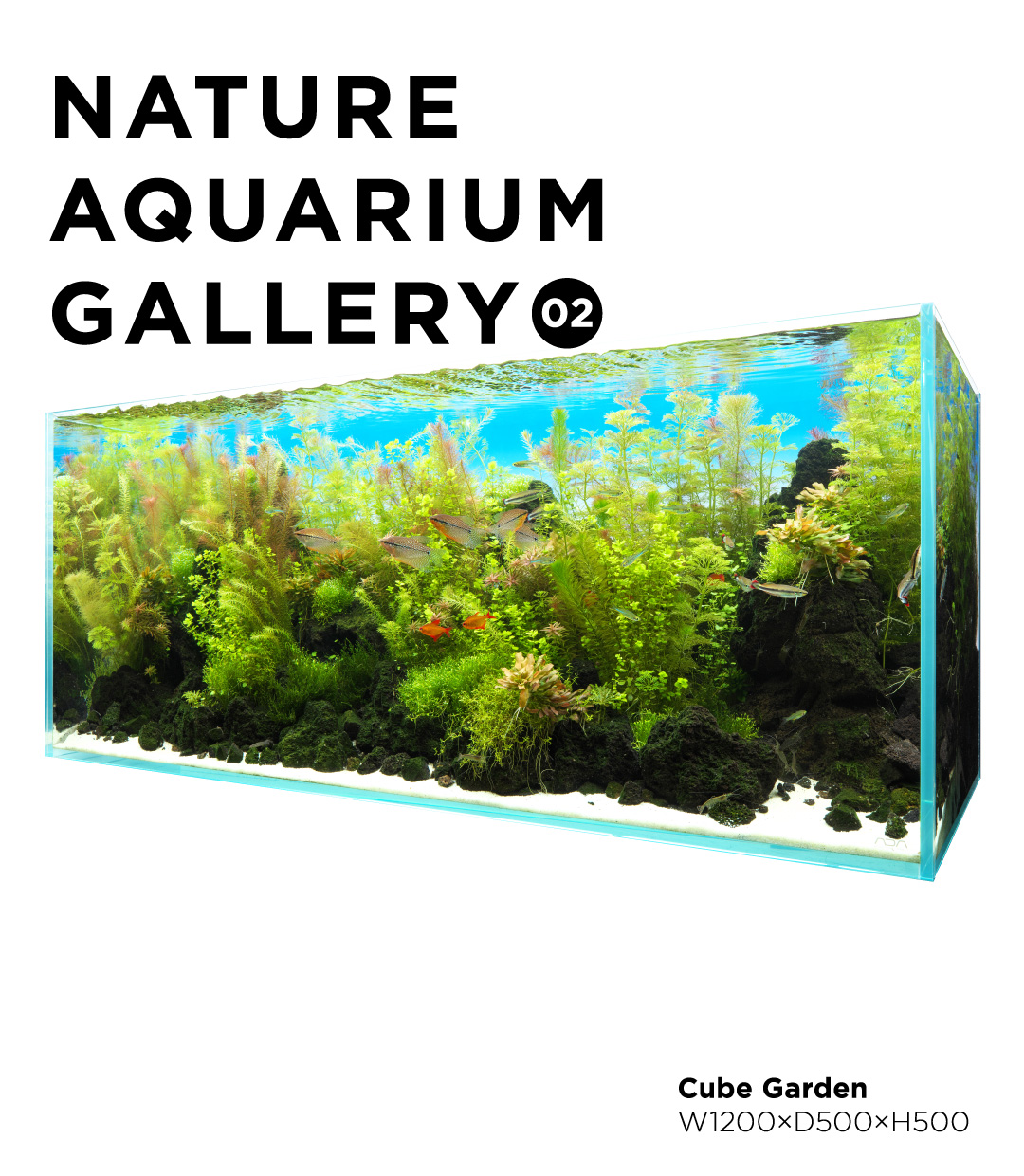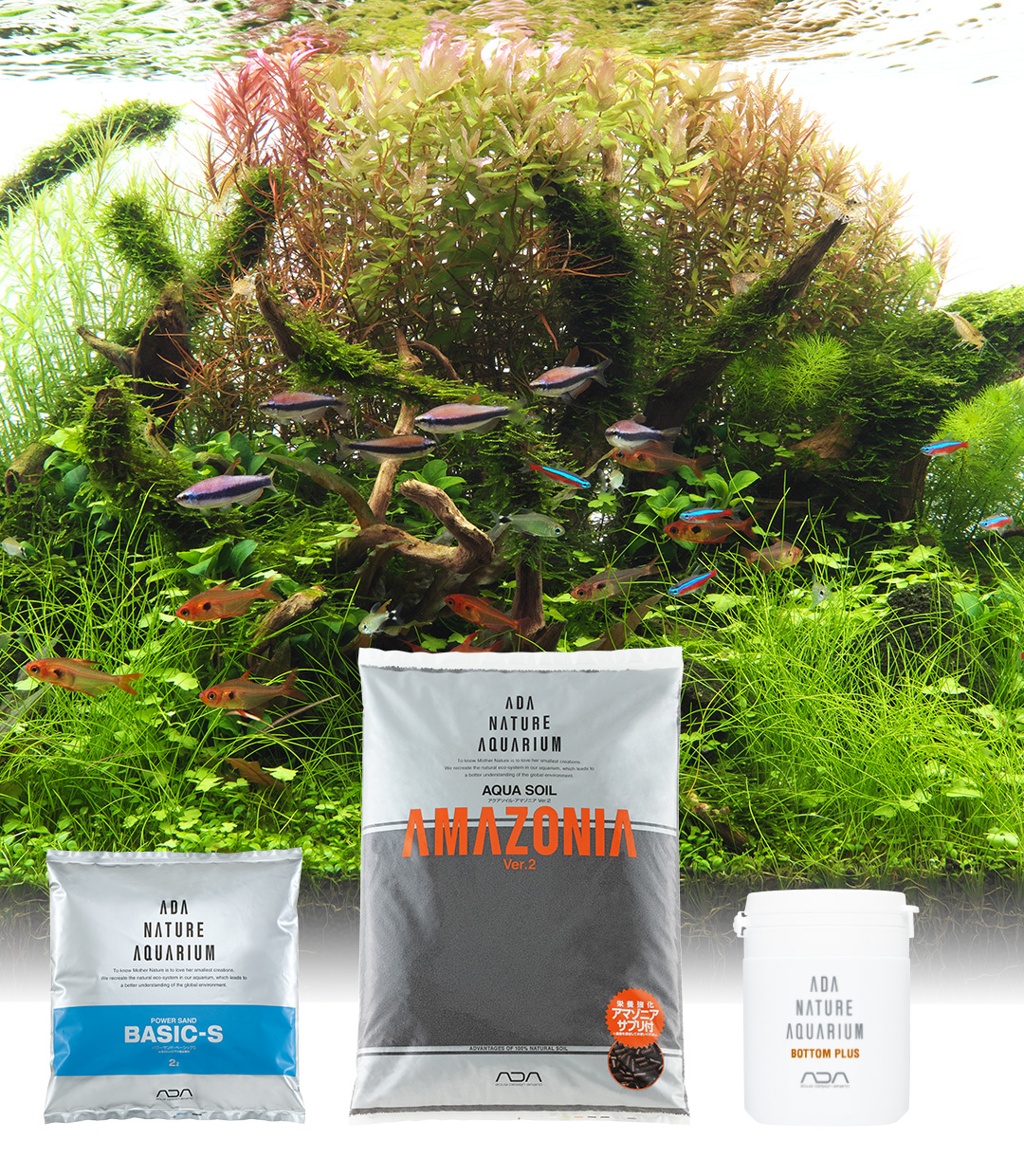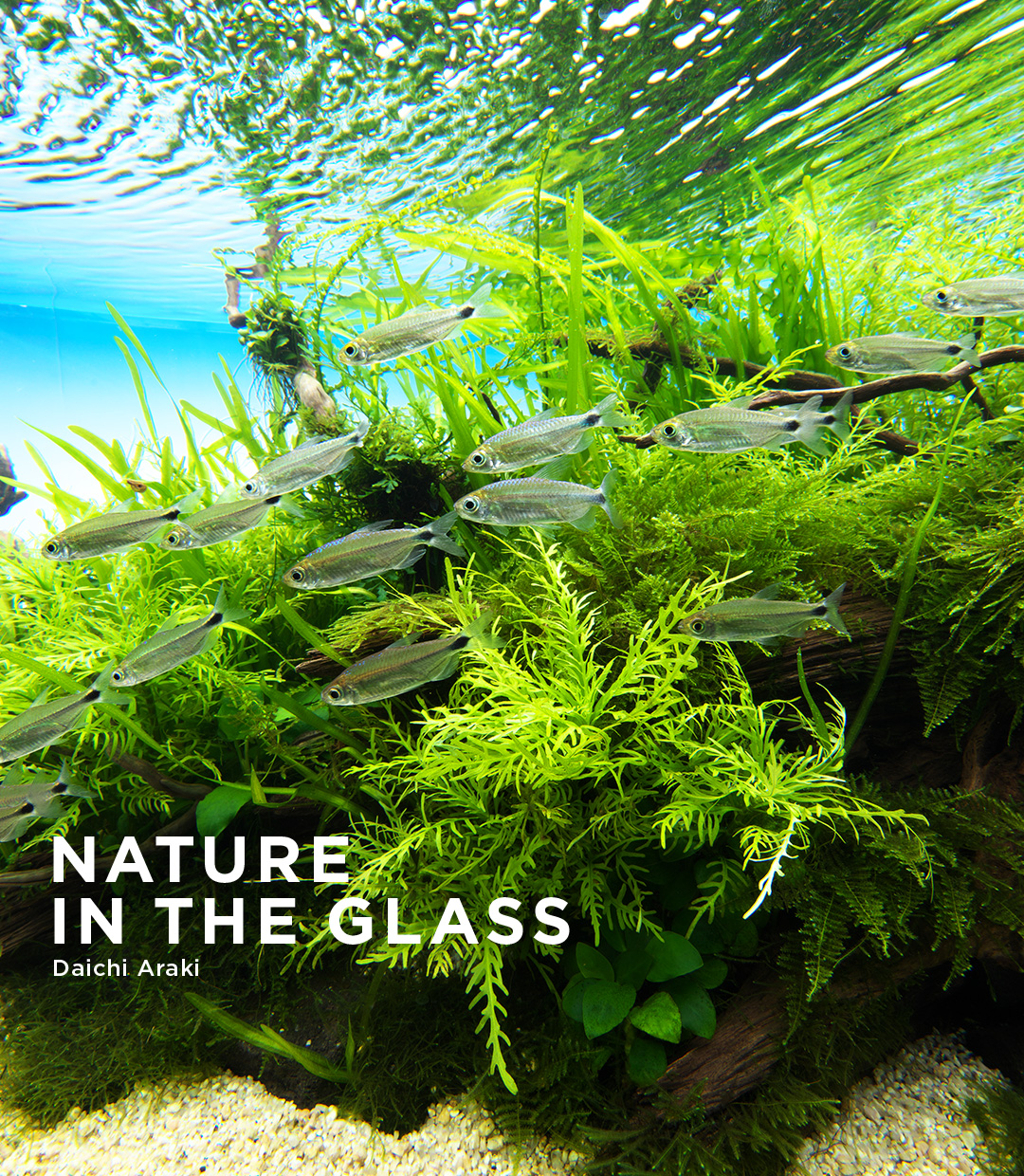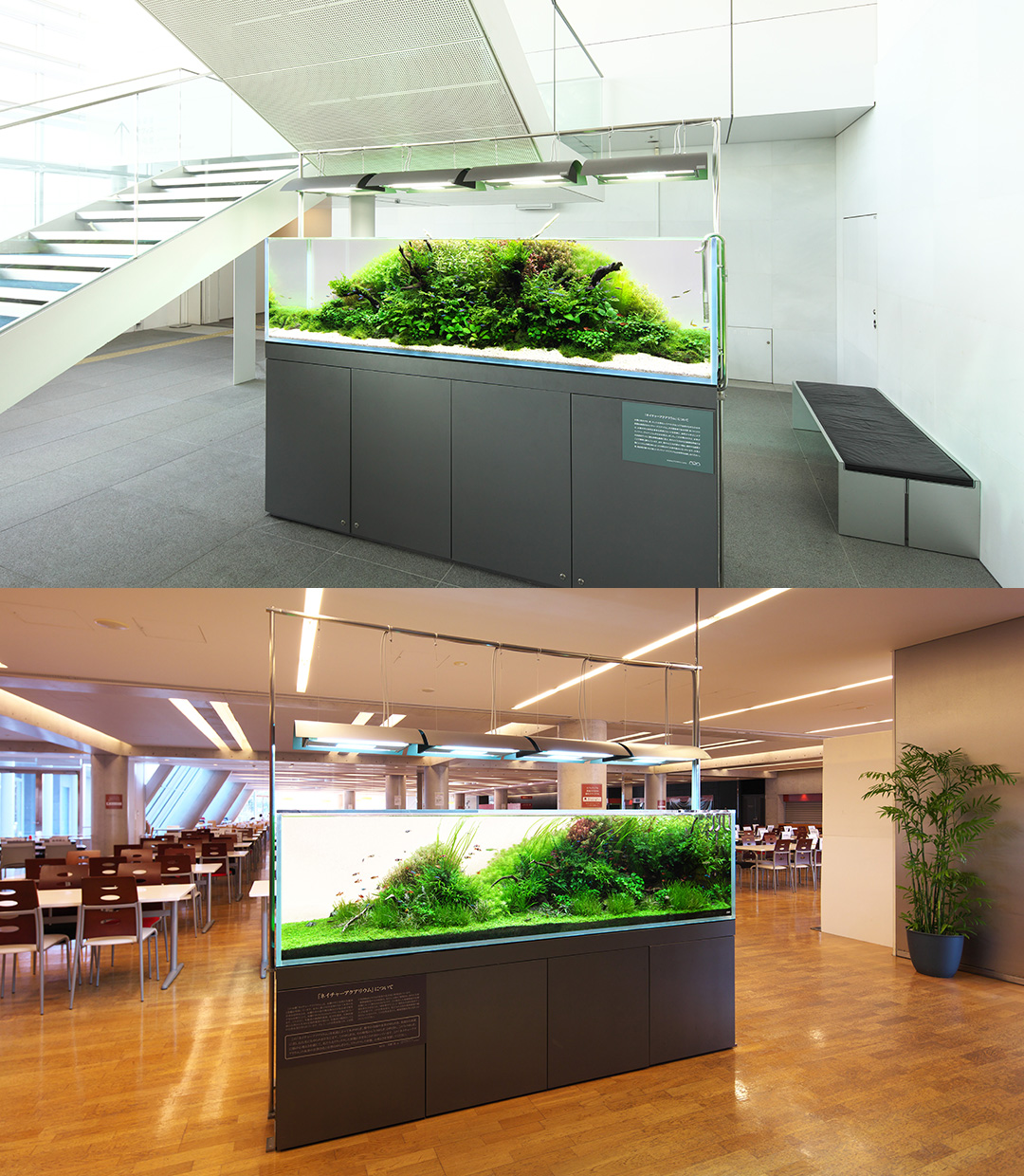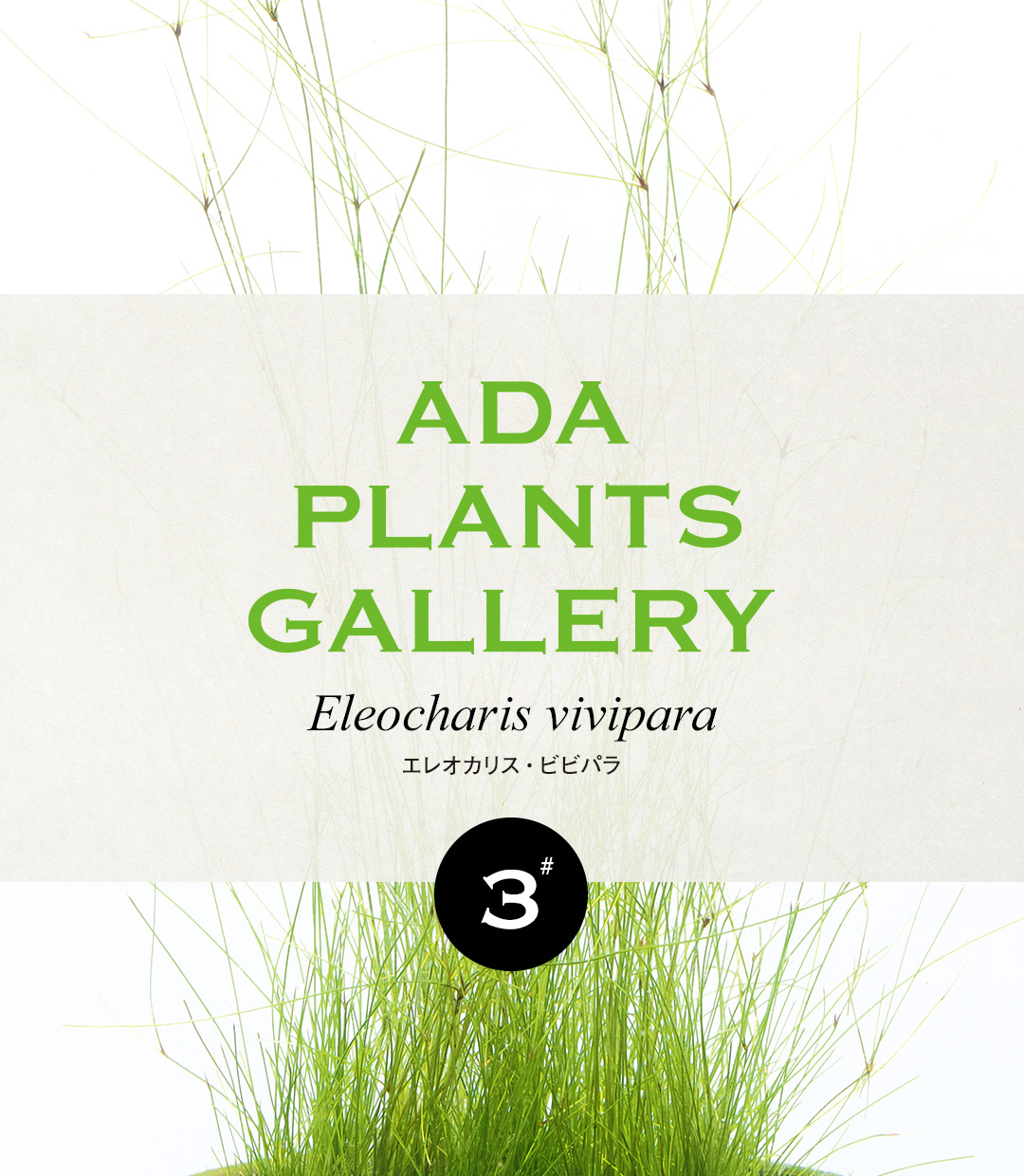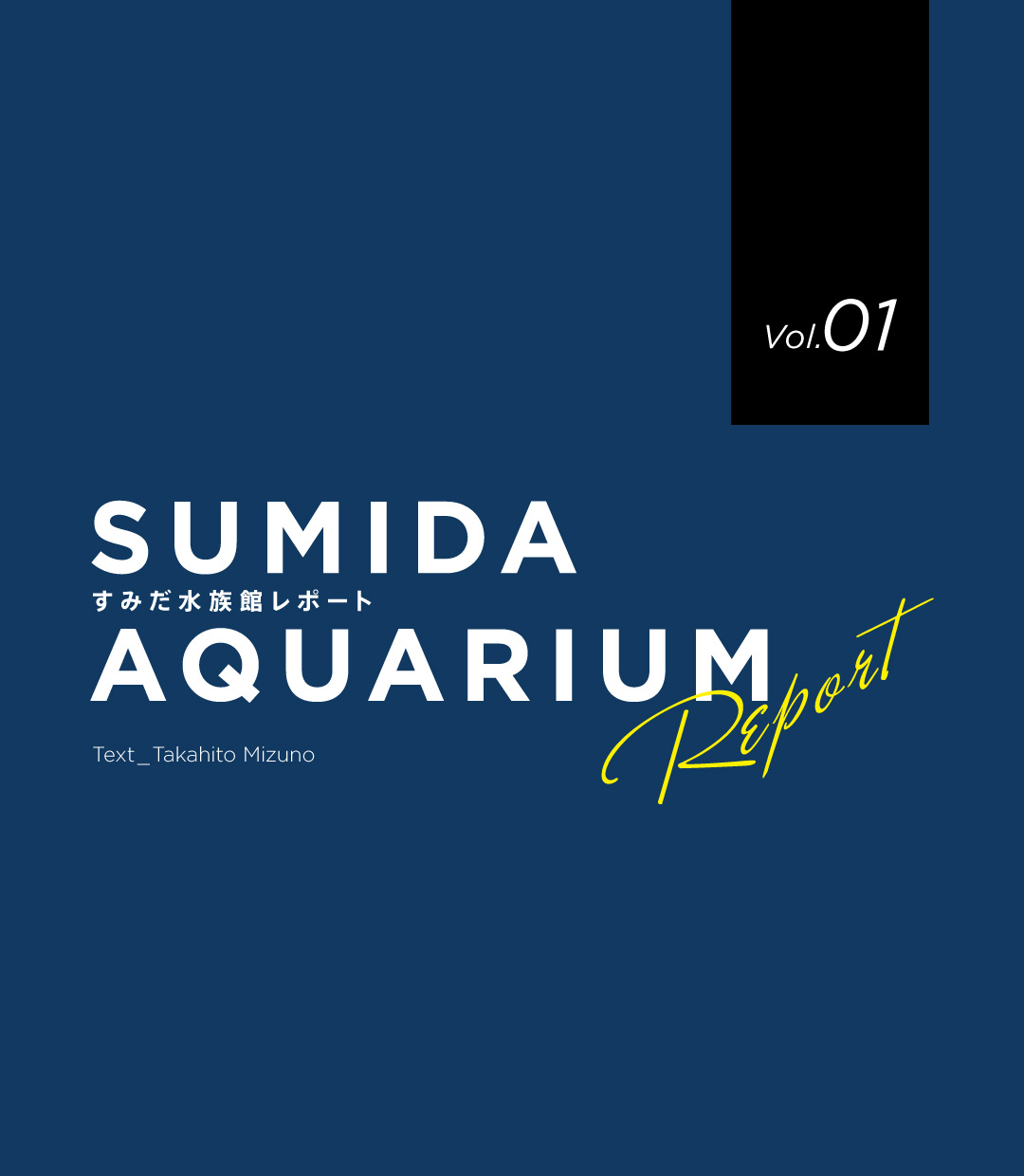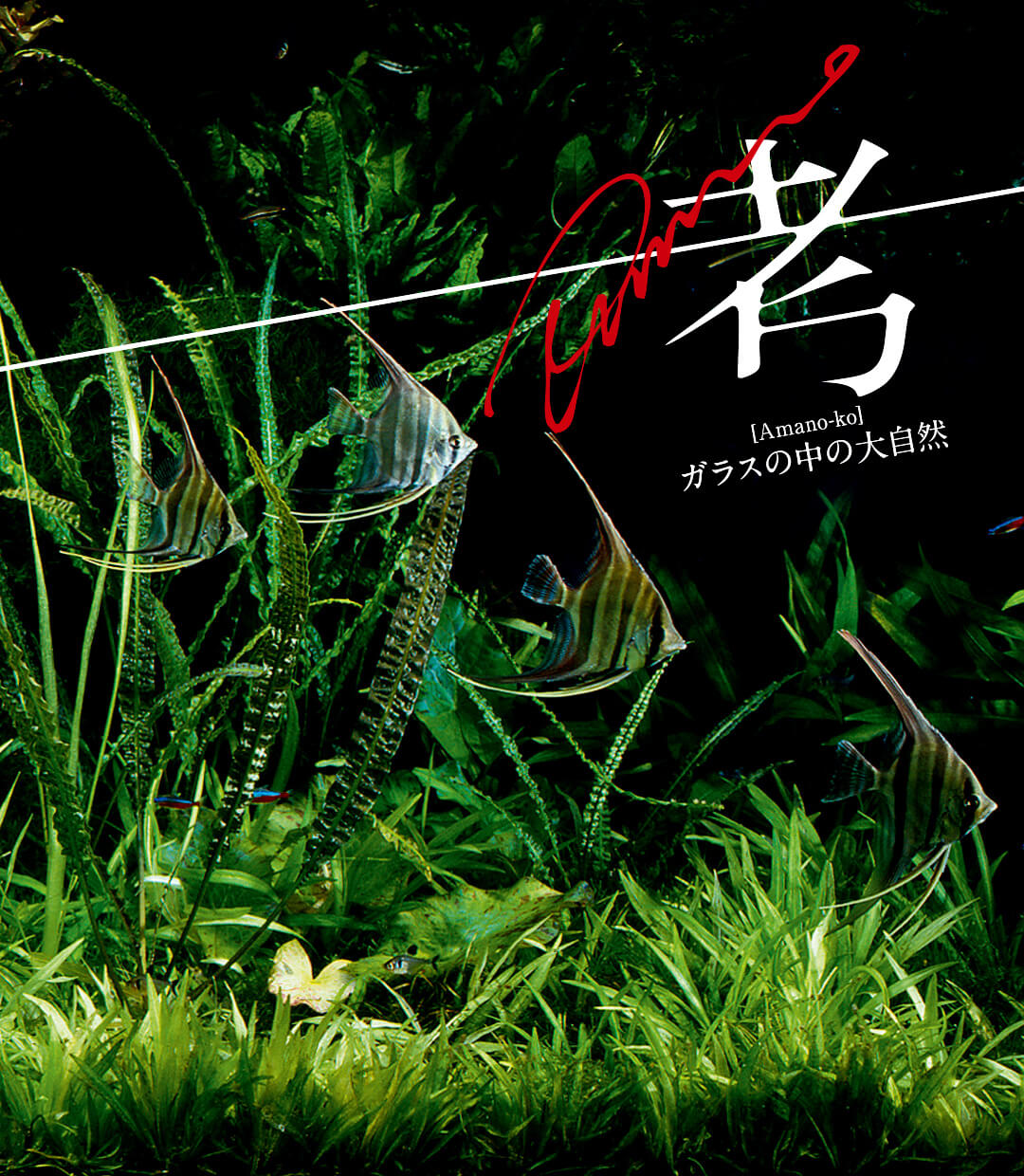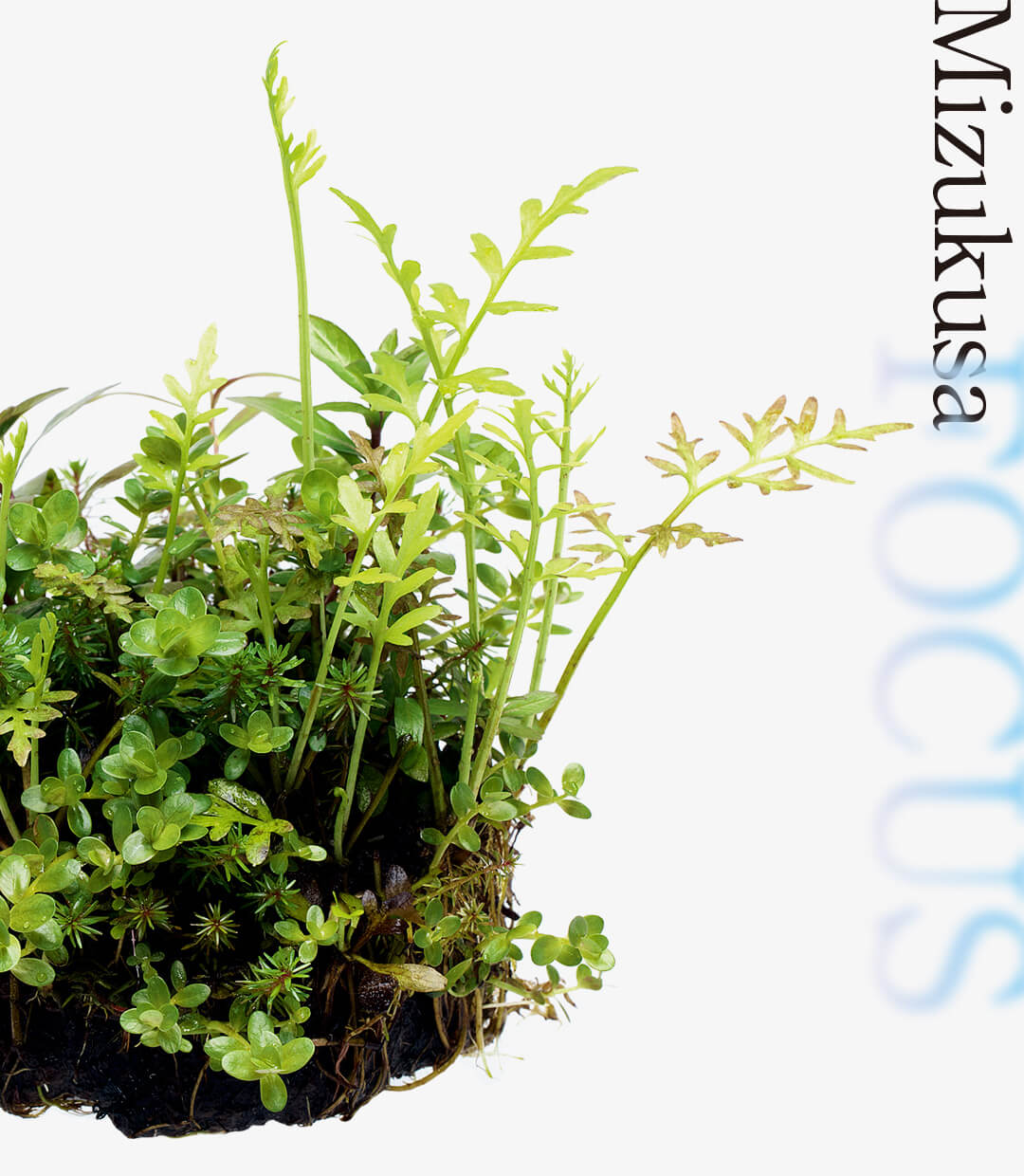ADA PLANTS GALLERY #03 Eleocharis vivipara
ADA’s Research and Development Department, called the Green Lab, develops a wide variety of greenery products. In this article, we would like to share with you some interesting bits of trivia about the plants produced in the lab, and a part of their true nature we see from time to time.
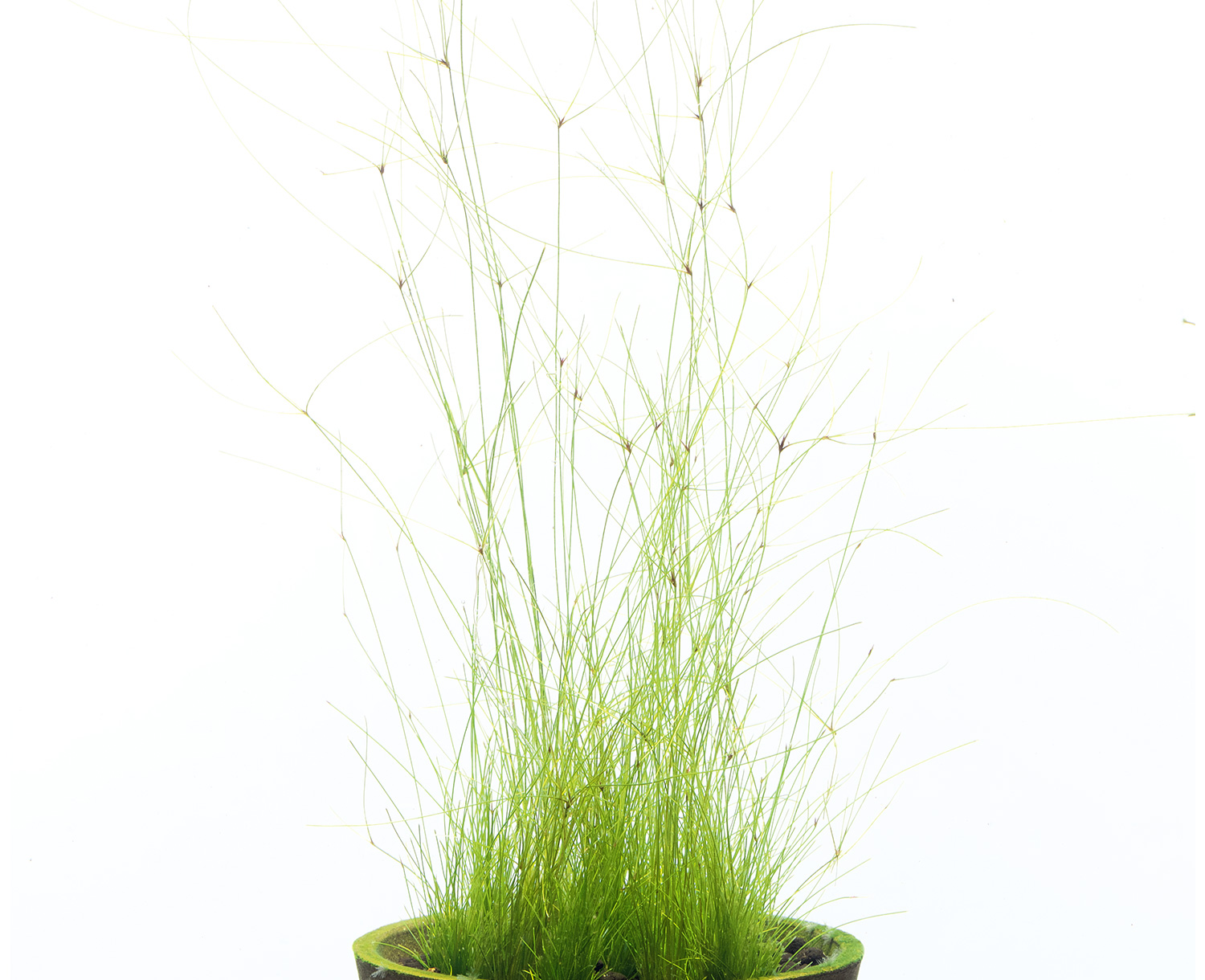
A beautiful silky aquatic plant
Eleocharis vivipara, a relative of E. acicularis, is a delicate, soft aquatic plant. The plant is used for many purposes because it is not overly dominant, and gives a flowing movement and cool impression to planted layouts, including Iwagumi style aquascapes. It is also known as umbrella hairgrass because of its resemblance to ribs of umbrella. The plant is beautiful on its own, and would also look great when a couple of clumps are planted as the main plant in a Neo Grass Air tank together with Hydrocotyle tripartita ‘Mini’, which is used as an undergrowth plant.
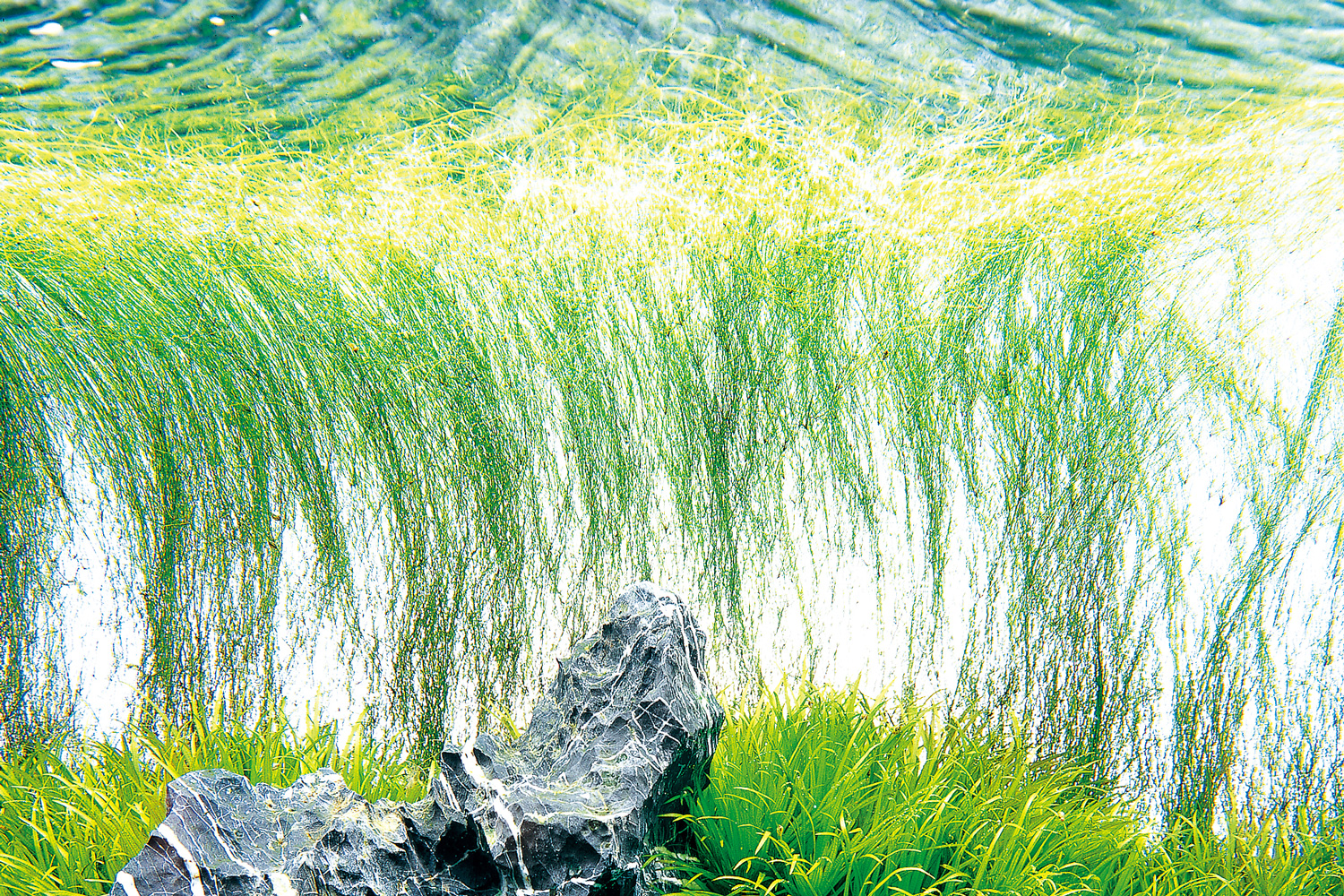
Iwagumi + Long-term maintenance ≒Eleocharis vivipara
The background Eleocharis vivipara in Iwagumi style aquascapes has the effect of softening the impression of the Oya-ishi (main stone). The plant grows rapidly, and when it becomes overcrowded, dead leaves from other aquatic plants and algae can easily attach to it. However, because it does not spread by runners like E. acicularis, it is easy to control and thus good for long-term maintenance. Leaves with plantlets will gradually wither. Trim them frequently, like thinning out hair.
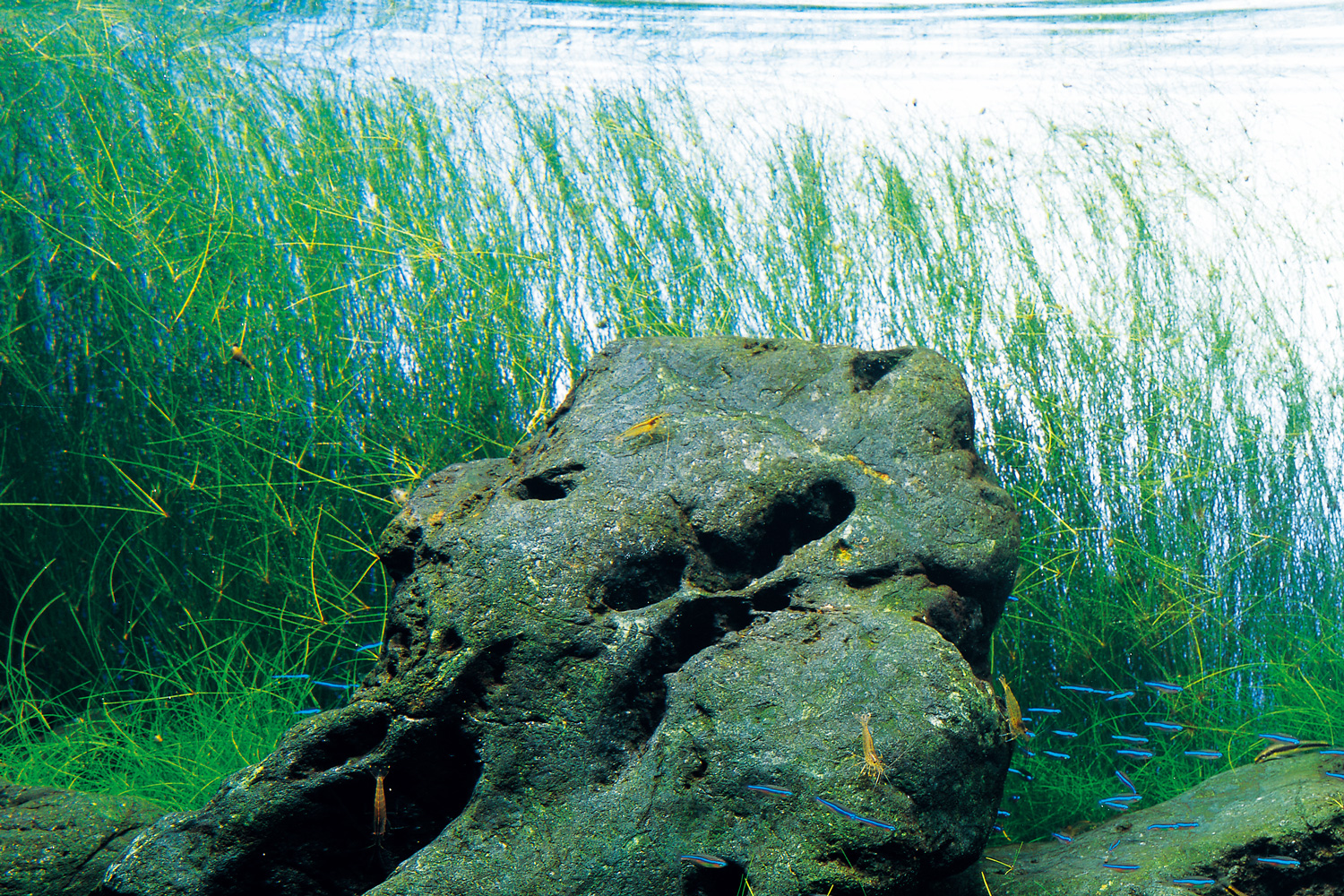
An imposing Hakkai stone blends in with the cool green background. It is a masterly work that makes the most of the characteristics of Eleocharis vivipara, with which color tone is easy to adjust.
Aquascape & photography by Takashi Amano (October, 2008)
Aquascape & photography by Takashi Amano (October, 2008)
“The Clone Wars” at waterside
Its specific epithet, vivipara, means “asexual budding” or “self-propagating”, and it is an aquatic plant that does not produce any achenes (small, dry fruits that contain a seed inside), but grows by forming clones. Some relatives of the Japanese Eleocharis sometimes reproduce in a similar way. They produce achenes, but tend to produce clonal plantlets especially when they are submersed or emerged, and the leaf tips are moist. It could be a unique evolution to survive in an environment that is susceptible to water level fluctuations.
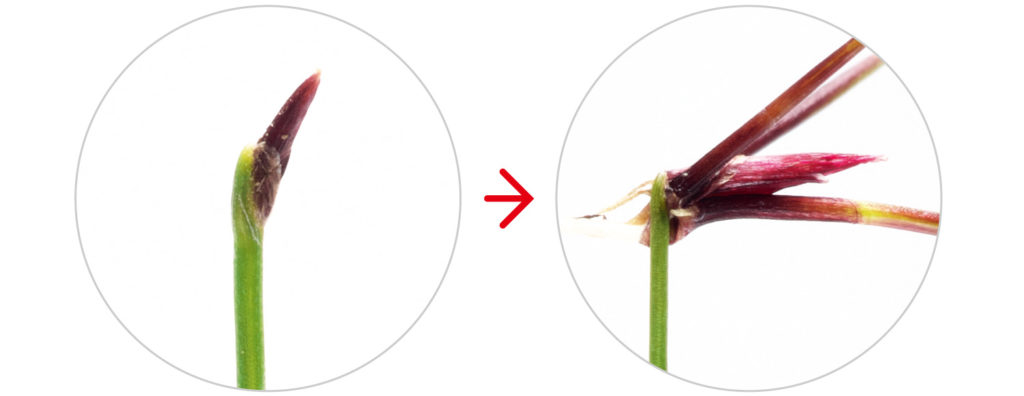
A natural appearance created by the sense of clutter
A mixture of various plants form a bush, where each plant seems to be cluttered without being too loud. I find some kind of cohesion, or random beauty in it. Eleocharis vivipara is well-suited for creating such a scene. Did you know that, making the most of its characteristics, the plant is used for the assortment of plants planted in Wabi-kusa? E. vivipara, intentionally incorporated into the mixed-type Wabi-kusa products, creates a pleasant harmony with the other aquatic plants.
